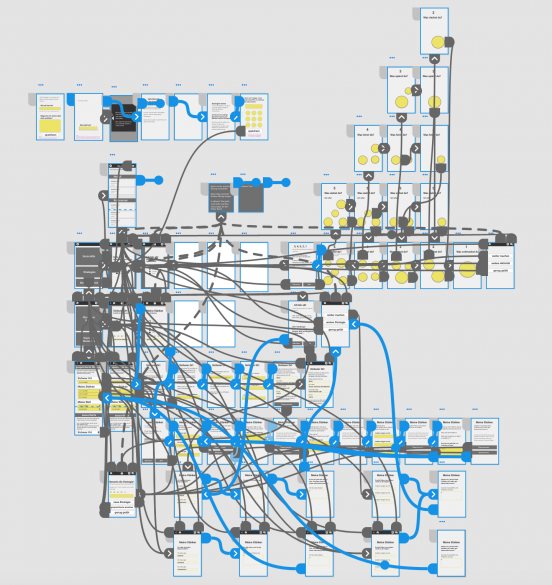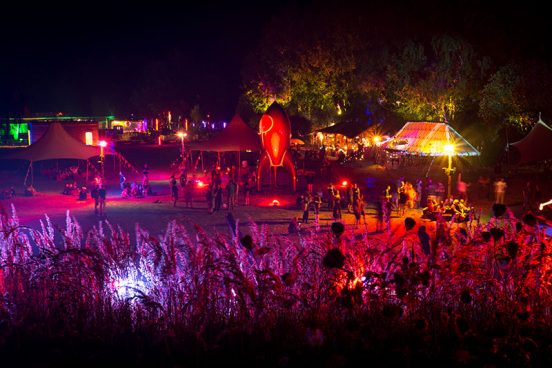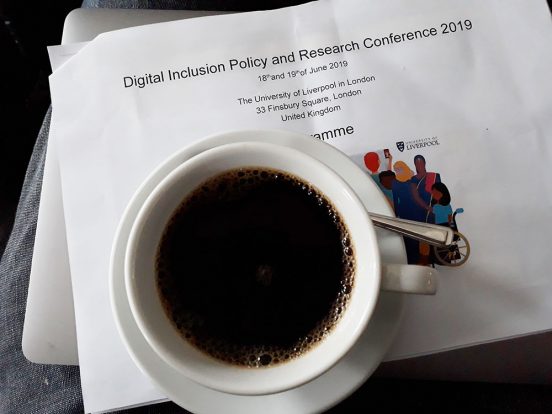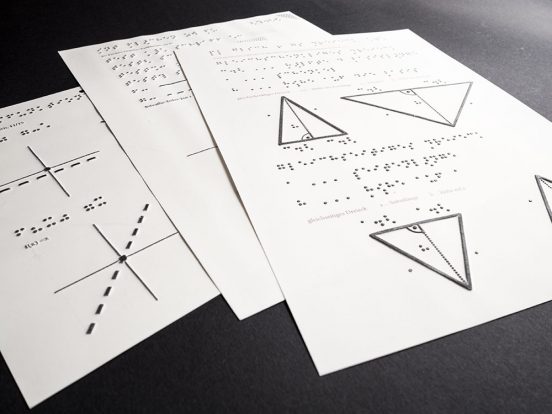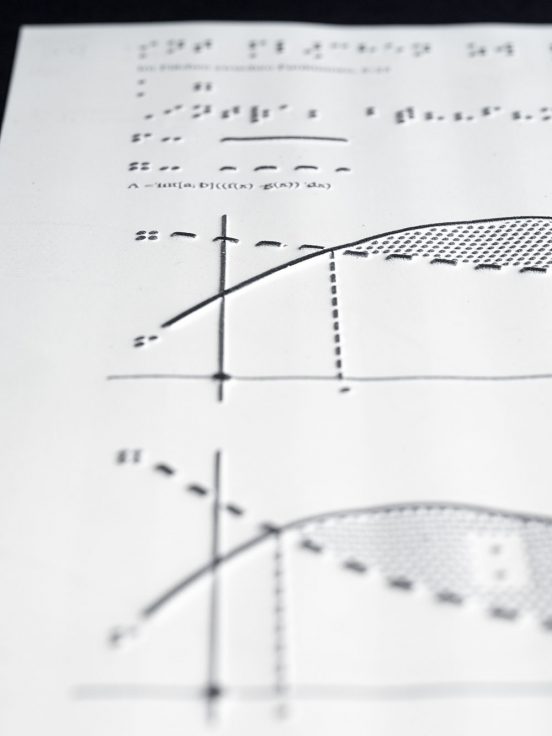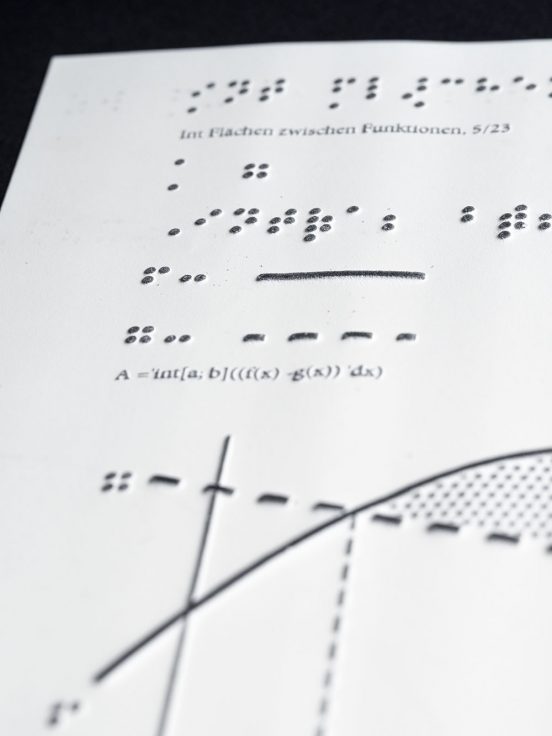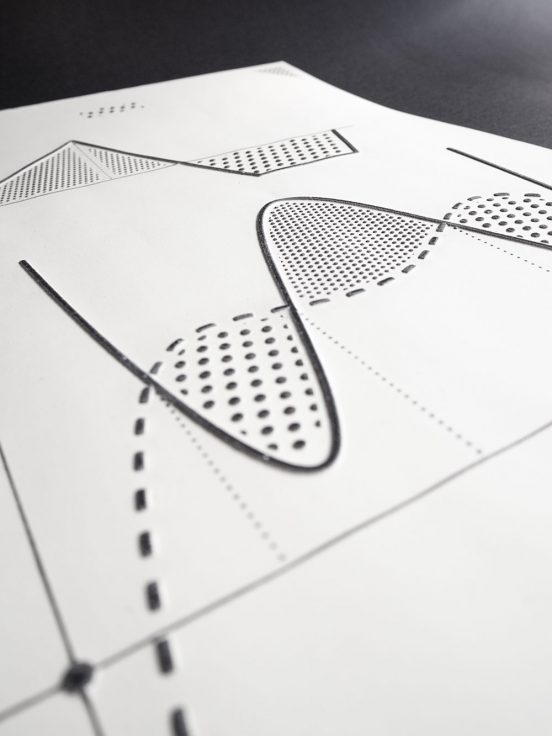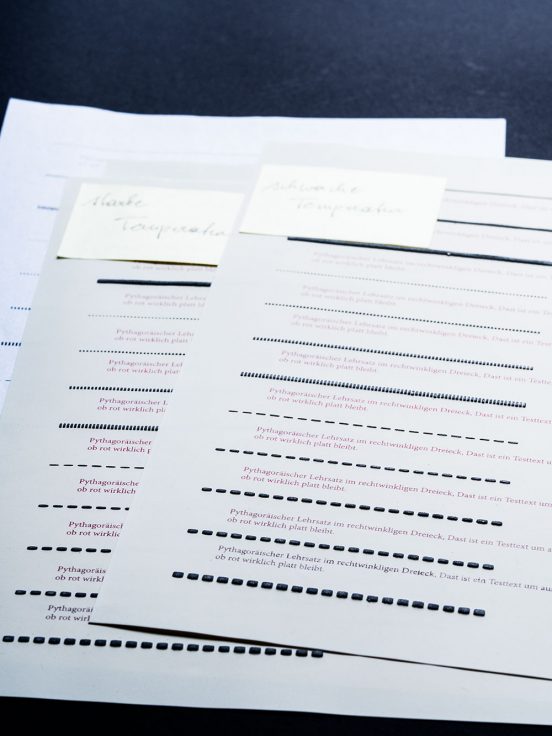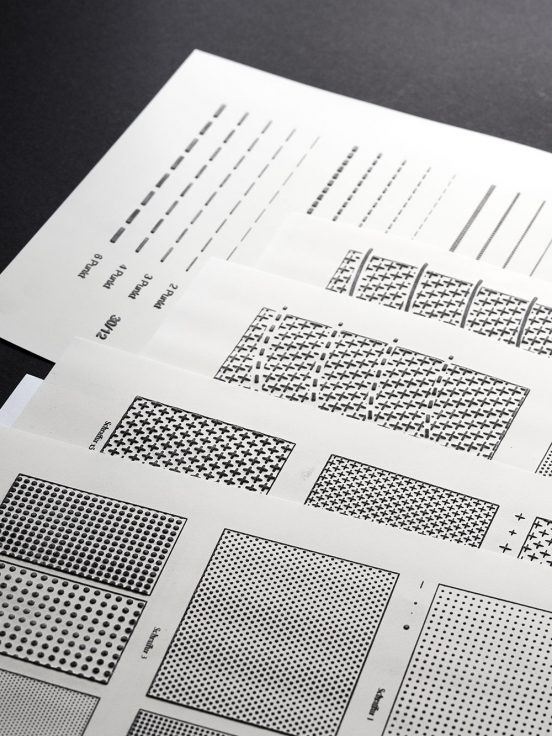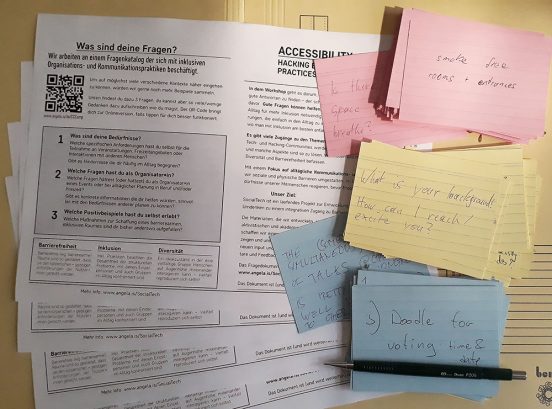
Typing up responses from the workshop.
Today I finished typing out the responses Victoria Neumann and I collected during our workshops at the Chaos Communication Camp 2019.
The workshops were part of our SocialTech project. This one specifically was tailored for an open-air tech event: “Accessibility and Inclusion – Hacking everyday communication practices to change the world.”
Among other things, we were reflecting about our own access needs and potential responses to them. It was particularly interesting to do this at a week-long camping event since a lot of needs (and also opportunities) are heavily depending on the context they are happening in. Since conference-type events are usually held indoors, the contrast between the usual conference space and an open field in late August was striking. Together we identified and discussed both event-specific and more universal questions surrounding the topics of accessibility and inclusion.
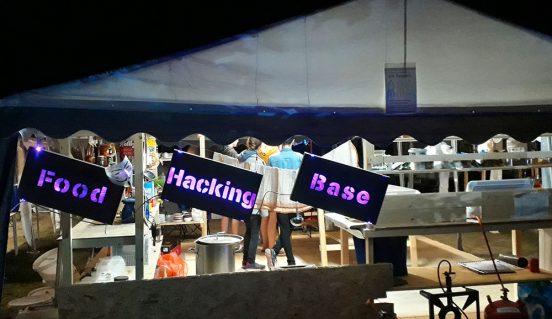
The one thing everyone agrees on: everything can be hacked.
I’m confident to say everyone went home with many new ideas to think about. A handful of participants even left the workshop together. In response to one of the most frequently mentioned access issues, they decided to try and write an app for the camp’s card10 badge. I’m really curious to see where that goes!
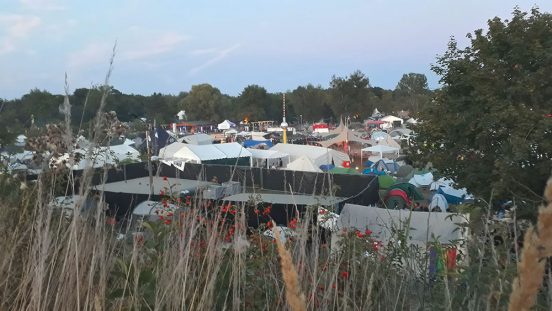
The overall mood of the event.


